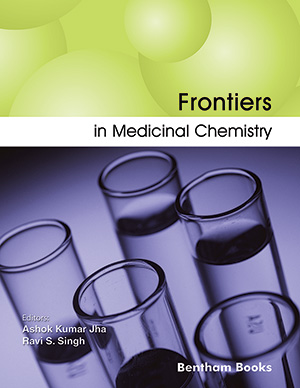Abstract
Calcium is essential to homeostasis and functioning of multiple organ systems. Its circulating concentration is maintained within a very tight physiologic range: 2.25 and 2.50 mmol/L. Under physiological conditions, the ionized calcium concentration is regulated by the parathyroid hormone (PTH), and 1,25(OH)2 vitamin D through interactions on target organs such as kidney, bone and intestine. In mild, moderate, and severe hypercalcemia, laboratory findings are essential in assessing and monitoring disease course and therapy. The main tools are specific standard biochemical tests able to assess calcium balance and renal function, and some specific biochemical tests, such as PTH, 25(OH) vitamin D, and genetic sequencing, used to clarify the cause of hypercalcemia and, subsequently, to determine appropriate therapy. Once hypercalcemia is confirmed by ionized calcium measurement, the intact PTH assay plays a crucial role to differentiate PTH-mediated from non-PTH-mediated hypercalcemia. Mild hypercalcemia is also present in up to 10-20% of patients treated with lithium for bipolar disorders, in 7-8% of those treated with thiazide diuretics, and in patients with prolonged immobilization, while very high (>3.5 mmol/L) serum calcium levels, together with low PTH, and a rapid increase of hypercalcemia, usually suggest a malignancy-associated hypercalcemic syndrome. The measurement of PTH-related protein, a tumor product that mimics certain action of PTH, is useful only in selected cases. The role of biochemical markers of bone turnover for predicting metastatic bone disease, and monitoring bone metabolic changes, and their usefulness as a predictive mean of the likelihood of bone loss or fractures risk is still unclear.
Keywords: Calcium metabolism, hypercalcemia, calciuria, PTH, vitamin D, PTHrP, parathyroid hormone, serum albumin, pseudohypercalcemia, CaSR




























